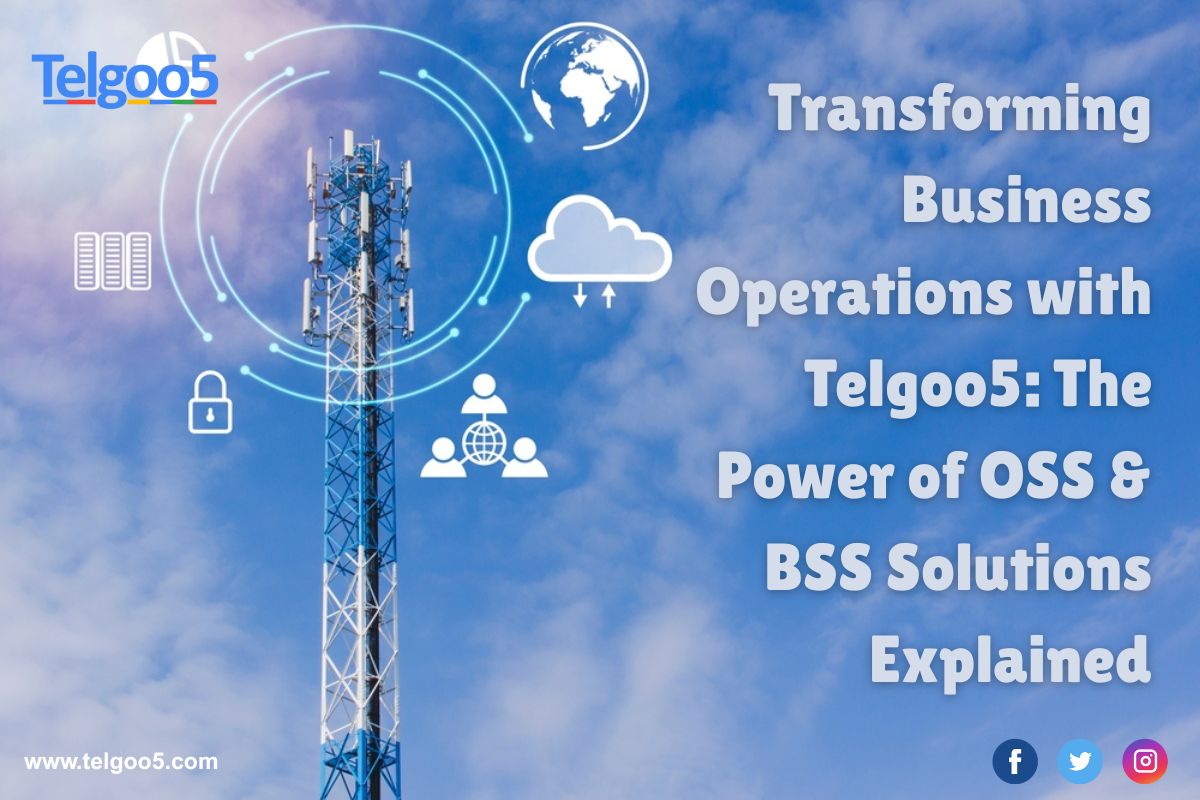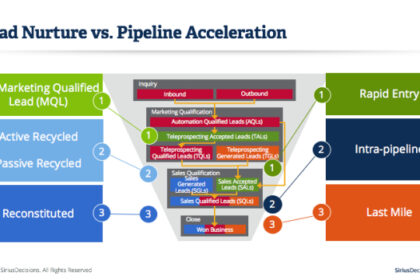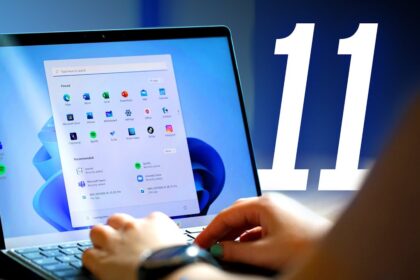- Understanding the Core Pillars of 5G Technology
- Blazing Fast Speeds and Ultra-Low Latency
- Massive Connectivity: The Internet of Things (IoT) at Scale
- Network Slicing: Tailored Connectivity Solutions
- The Transformative Power of 5G on Business Operations
- Enhanced Productivity and Efficiency Through Real-time Data
- Revolutionizing Remote Work and Collaboration
- Securing the Future: Advanced 5G Security Protocols
- Optimizing Supply Chains with Next-Gen Connectivity
- Unlocking New Business Models and Revenue Streams with 5G
The 5G Revolution: Catalyzing Unprecedented Business Innovation and Digital Transformation
The fifth generation of wireless technology, universally known as 5G, is far more than just a faster internet connection. It represents a foundational shift in how businesses operate, innovate, and connect with their customers and ecosystems. For entrepreneurs and industry leaders, understanding and harnessing the profound capabilities of 5G technology is no longer optional; it’s a strategic imperative for future-proofing and competitive advantage. We stand at the precipice of an era defined by hyper-connectivity, ultra-low latency, and massive machine-to-machine communication, all powered by 5G. This revolutionary infrastructure is not merely an incremental upgrade but a catalyst for unprecedented business innovation, driving digital transformation across every sector imaginable.
As organizations navigate an increasingly complex and data-driven world, the demand for robust, reliable, and lightning-fast connectivity solutions has skyrocketed. 5G answers this call, promising to unlock previously unimaginable efficiencies, foster entirely new business models, and create immersive customer experiences. From the factory floor to the operating room, from smart cities to personalized retail, 5G is poised to redefine what’s possible. This comprehensive guide will explore the core tenets of 5G technology, delve into its transformative impact on business operations, highlight emerging opportunities for innovation, and provide actionable insights for leaders ready to embrace this powerful wave of digital evolution. Prepare to discover how 5G will be the bedrock of your next wave of business growth and innovation.

Understanding the Core Pillars of 5G Technology
To truly grasp the potential of 5G for business innovation, it’s essential to understand the fundamental advancements it brings over its predecessors. While often simplified to “faster internet,” 5G’s true power lies in a combination of three critical pillars that collectively enable a new era of connectivity solutions.

Blazing Fast Speeds and Ultra-Low Latency
The most commonly cited benefit of 5G is its incredible speed. Theoretical peak speeds can reach up to 10 gigabits per second (Gbps), significantly faster than 4G LTE. This translates to near-instantaneous downloads, seamless streaming of 8K video, and rapid data transfer. However, equally important for business applications is ultra-low latency. Latency refers to the delay before a transfer of data begins following an instruction. 5G can achieve latencies as low as 1 millisecond (ms), a dramatic improvement over 4G’s typical 20-30 ms.
Why this matters for business innovation:
- Real-time Decision Making: Critical for autonomous systems, remote surgery, and high-frequency trading where every millisecond counts.
- Enhanced User Experience: Eliminates buffering and lag, crucial for immersive AR/VR applications and cloud gaming.
- Instantaneous Feedback Loops: Enables precise control over machinery, robots, and smart devices in industrial settings.
- Expansive IoT Deployments: Enables smart cities, connected agriculture, and large-scale industrial IoT networks without network congestion.
- Comprehensive Data Collection: Businesses can gather richer, more granular data from a multitude of endpoints, fueling AI and machine learning initiatives.
- Smart Infrastructure: Supports the development of intelligent buildings, utilities, and transportation systems that rely on dense sensor networks.
- Optimized Performance: Businesses can get bespoke connectivity solutions perfectly tailored to their mission-critical applications.
- Enhanced Security: Dedicated slices can be isolated and secured to protect sensitive data and operations.
- New Service Offerings: Opens avenues for telecom providers to offer specialized, premium connectivity services to enterprises.
- Resource Efficiency: Ensures that network resources are allocated intelligently based on demand and application requirements.
- Real-time AI Applications: Enables AI models to analyze data and make decisions instantly for applications like autonomous vehicles or real-time quality control in manufacturing.
- Enhanced Data Security: Processing data locally can reduce the risk of data breaches associated with transmitting data to the cloud.
- New Service Delivery: Facilitates localized content delivery, personalized marketing at the point of sale, and dynamic inventory management.
- Enhanced Training: Realistic simulations for complex procedures in healthcare, manufacturing, or defense.
- Remote Assistance: Technicians can receive live AR overlays showing repair instructions or expert guidance from a remote specialist.
- Immersive Retail: Virtual try-on experiences, interactive product demonstrations, and virtual showrooms.
- Collaborative Design: Engineers and designers can work on 3D models together in a shared virtual space, regardless of physical location.

Massive Connectivity: The Internet of Things (IoT) at Scale
5G is designed to connect a vastly greater number of devices simultaneously than 4G. It can support up to one million devices per square kilometer, a tenfold increase over 4G. This capability is pivotal for the widespread adoption and scaling of the Internet of Things (IoT). With 5G, billions of sensors, cameras, vehicles, and appliances can communicate seamlessly, generating unprecedented volumes of data.
Impact on business innovation:

Network Slicing: Tailored Connectivity Solutions
One of 5G’s most innovative features is network slicing. This allows mobile network operators to create multiple virtual networks on top of a single physical 5G infrastructure. Each “slice” can be customized with specific bandwidth, latency, and security characteristics to meet the unique demands of different applications or industries. For example, an autonomous vehicle network slice would prioritize ultra-low latency and high reliability, while a smart meter network slice might prioritize massive connectivity and low power consumption.
How network slicing drives business innovation:

The Transformative Power of 5G on Business Operations
The foundational capabilities of 5G translate directly into tangible operational advantages, propelling businesses towards greater efficiency, resilience, and adaptability. This isn’t just about incremental improvements; it’s about fundamentally rethinking how work gets done.
Enhanced Productivity and Efficiency Through Real-time Data
The combination of high speed and low latency in 5G enables real-time data processing and analytics like never before. In manufacturing, sensors on machinery can instantly report performance metrics, allowing for predictive maintenance that minimizes downtime. In logistics, real-time tracking of goods and vehicles can optimize routes, reduce fuel consumption, and improve delivery times. This immediate access to actionable insights empowers businesses to make faster, more informed decisions, leading to significant boosts in productivity and operational efficiency.
Key takeaway: 5G connectivity solutions provide the bedrock for data-driven operational excellence, turning raw data into immediate strategic advantage.
Revolutionizing Remote Work and Collaboration
The global shift towards remote and hybrid work models has underscored the importance of robust connectivity. 5G empowers a truly seamless remote work experience, eliminating the frustrations of laggy video conferences or slow file transfers. Beyond basic connectivity, 5G facilitates advanced collaborative tools, such as immersive virtual meeting spaces using VR/AR, and real-time co-editing of complex 3D models from different geographical locations. This fosters greater flexibility, employee satisfaction, and access to a global talent pool.
Securing the Future: Advanced 5G Security Protocols
While the proliferation of connected devices introduces new attack surfaces, 5G inherently offers enhanced security features compared to previous generations. These include stronger encryption, improved authentication mechanisms, and the ability to isolate sensitive traffic through network slicing. Businesses can leverage these advanced protocols to build more resilient and secure networks for their critical operations, especially as they integrate more IoT devices and edge computing solutions. However, it’s crucial for organizations to implement comprehensive cybersecurity strategies that complement 5G’s built-in protections.
Optimizing Supply Chains with Next-Gen Connectivity
The supply chain is a prime candidate for 5G-driven digital transformation. Real-time tracking of inventory, automated logistics, and connected fleet management become highly efficient with 5G. Imagine smart warehouses where autonomous robots communicate instantly to optimize storage and retrieval, or shipping containers equipped with 5G sensors providing constant updates on temperature, humidity, and location. This level of transparency and automation reduces waste, improves forecasting, and enhances responsiveness to market demands.
Unlocking New Business Models and Revenue Streams with 5G
Beyond optimizing existing operations, 5G is a fertile ground for entirely new forms of business innovation. Its unique characteristics enable capabilities that were previously confined to science fiction, opening doors to disruptive services and unparalleled customer experiences.
Edge Computing: Processing Power at the Source
5G’s ultra-low latency synergizes perfectly with edge computing, where data processing occurs closer to the source of data generation (the “edge” of the network) rather than in a centralized cloud. This dramatically reduces the time it takes for data to travel, be processed, and for an action to be taken. For businesses, this means faster insights, reduced bandwidth costs, and enhanced privacy, as sensitive data can be processed locally.
How edge computing with 5G drives innovation:
Augmented Reality (AR) and Virtual Reality (VR) for Immersive Experiences
The high bandwidth and low latency of 5G are game-changers for AR and VR. These technologies, once hampered by connectivity limitations, can now deliver truly immersive and interactive experiences. Businesses can leverage AR/VR for:
Autonomous Systems: From Drones to Driverless Fleets
5G is indispensable for the widespread deployment of autonomous systems. Self-driving cars, delivery drones, and industrial robots require constant, reliable, and low-latency communication to navigate, avoid obstacles, and coordinate with other systems. 5G provides the robust connectivity needed for these systems to operate safely and efficiently, paving the way for innovations in logistics, transportation, agriculture, and public safety.
Case Study Snippet: A major logistics company could deploy a fleet of autonomous delivery drones, each communicating via 5G, optimizing delivery routes in real-time based on traffic, weather, and package priority, significantly reducing delivery times and costs.
Personalized Customer Experiences and Data-Driven Insights
With 5G enabling a richer tapestry






